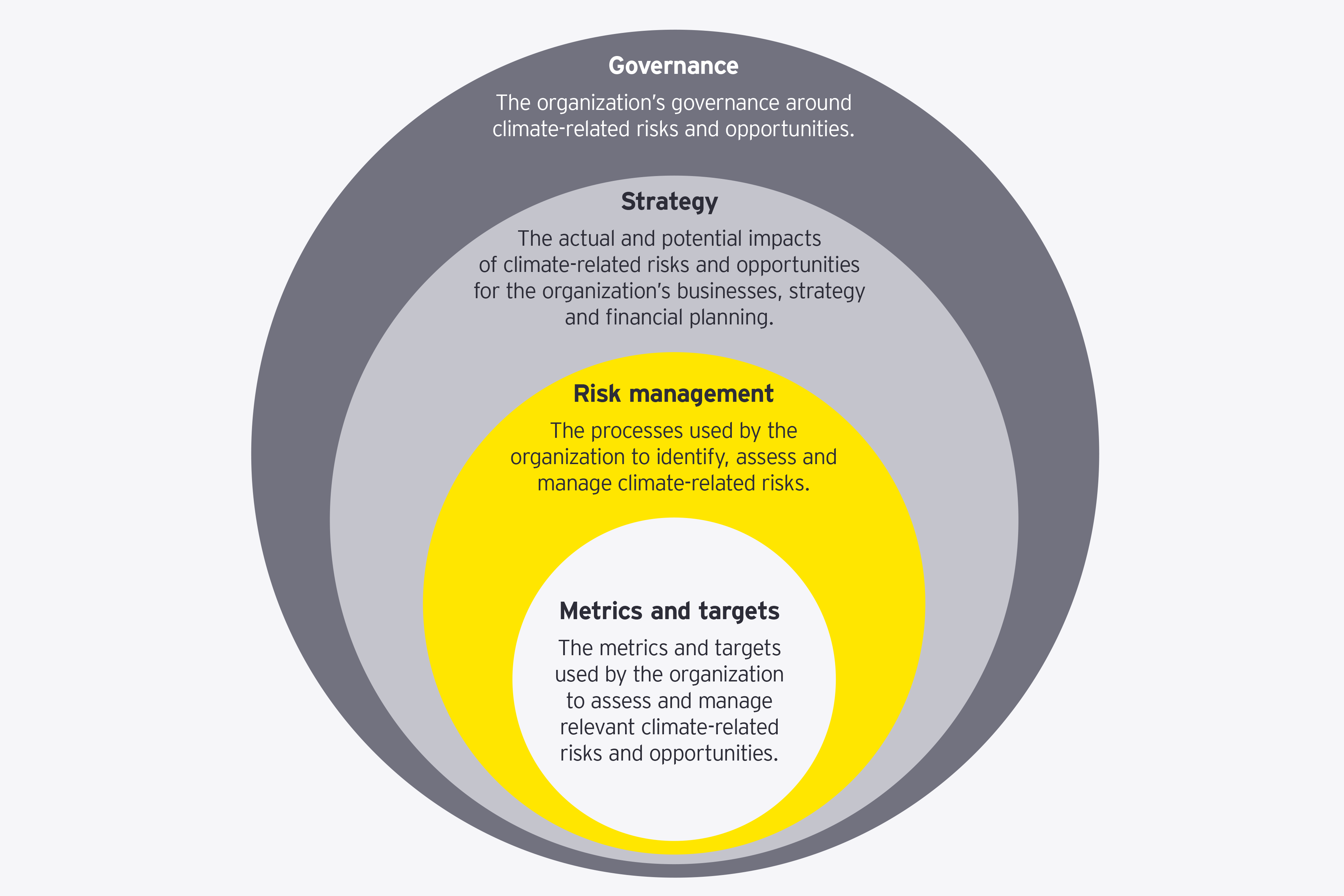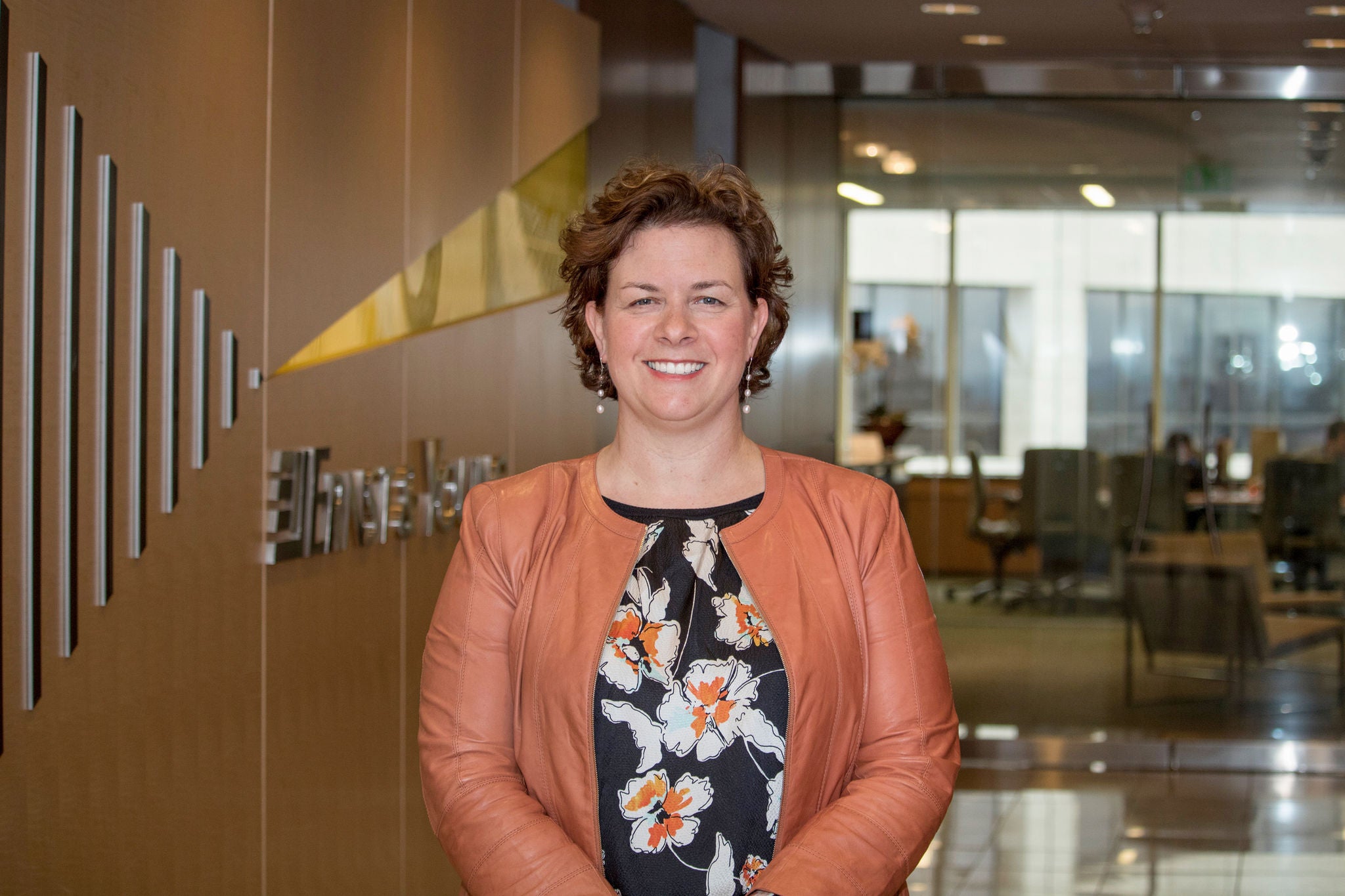EY refers to the global organization, and may refer to one or more, of the member firms of Ernst & Young Global Limited, each of which is a separate legal entity. Ernst & Young Global Limited, a UK company limited by guarantee, does not provide services to clients.
How EY can help
-
EY combines deep technical skills across a breadth of business issues to deliver value-led sustainability. Explore our sustainability and ESG services.
Read more
Educating and upskilling
We are equipping EY people with the knowledge and skills needed to understand and respond to both EY climate risks and opportunities and those of EY clients. Our initiatives draw on a variety of strategies, including offering a formal sustainability MBA, engaging EY people in supporting climate positive entrepreneurship, and facilitating employee-led internal sustainability networks.
Bolstering our climate risk assessment
Our Climate Change and Sustainability sub-service line worked together with our Quantitative Economics and Statistics group to develop robust modeling to provide the basis for this TCFD report. This market-leading analysis provides us with valuable new insights into our physical and financial climate risks, which we are sharing with stakeholders and incorporating into our strategy. It also provides the foundation for deeper and more comprehensive analysis in future reporting.
Acting as a catalyst for sector transformation
Our cross-service line teams are supporting clients in every sector to achieve their own carbon ambitions and transform their businesses to thrive in a low-carbon economy. Working with a broad ecosystems of alliance partners, our teams are helping clients reframe their strategies, accelerate their net-zero transitions, govern and operate more effectively, and build stakeholder trust.








